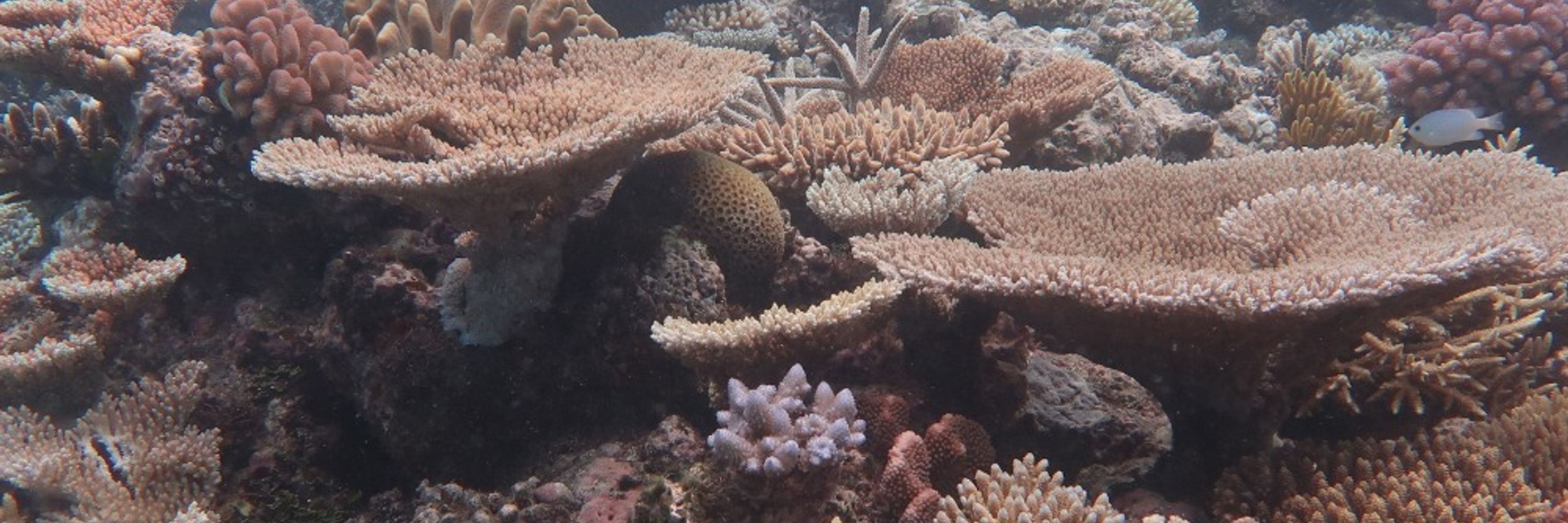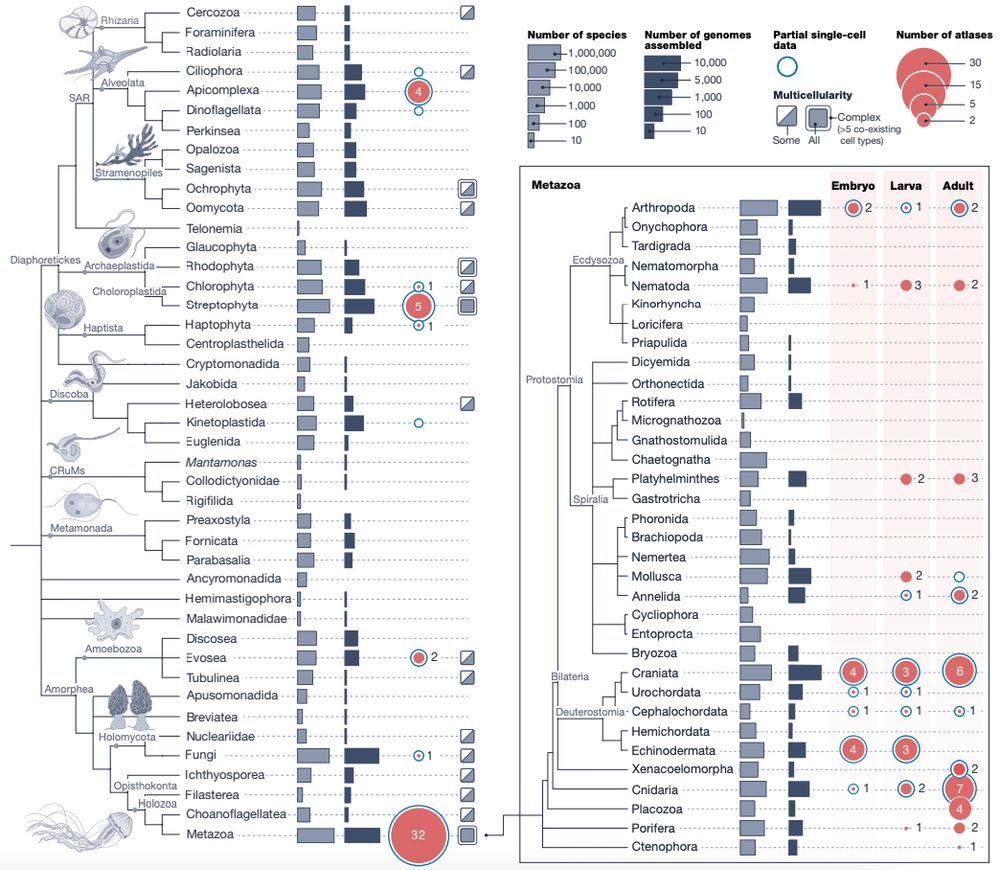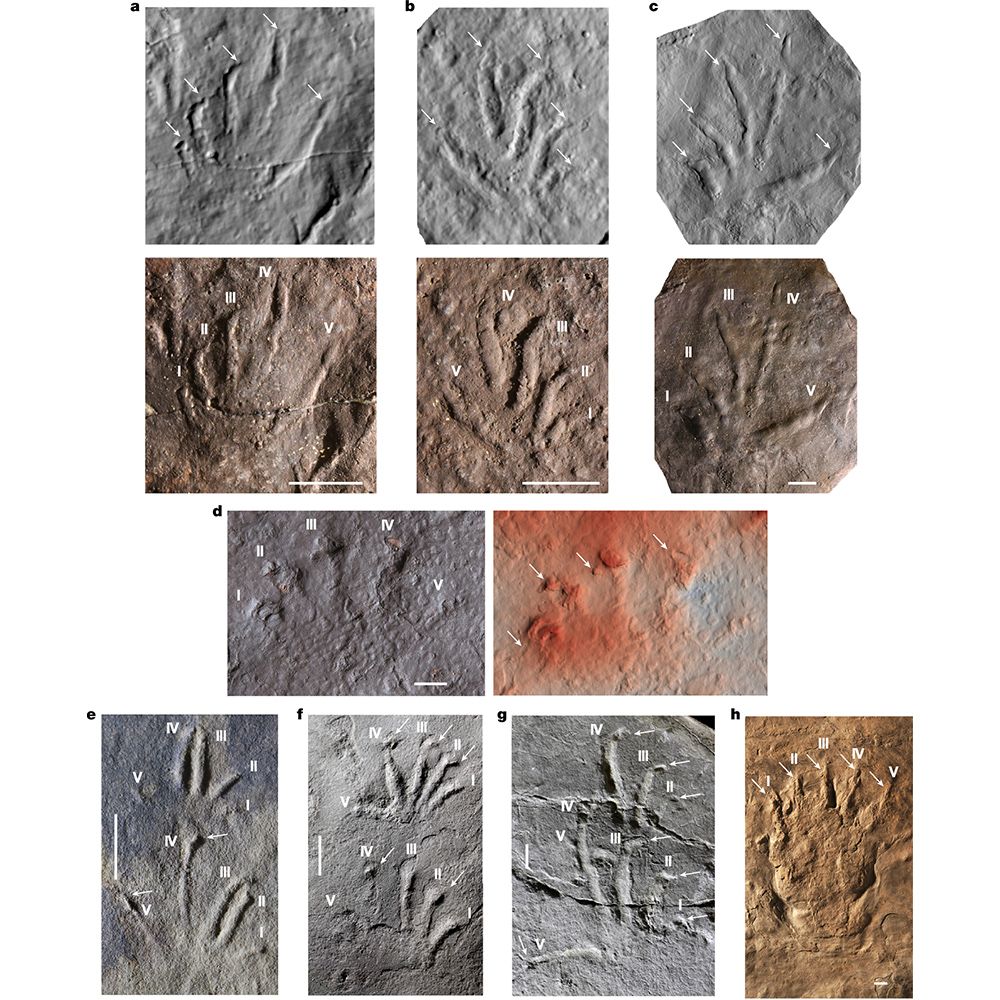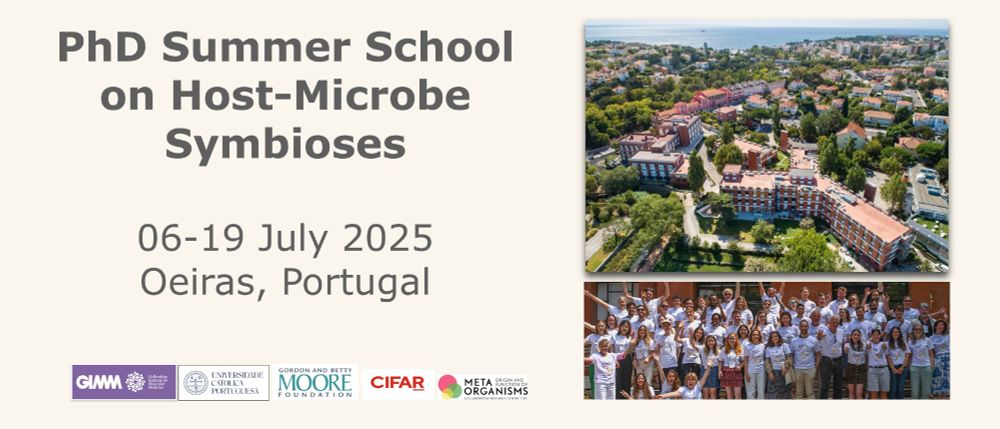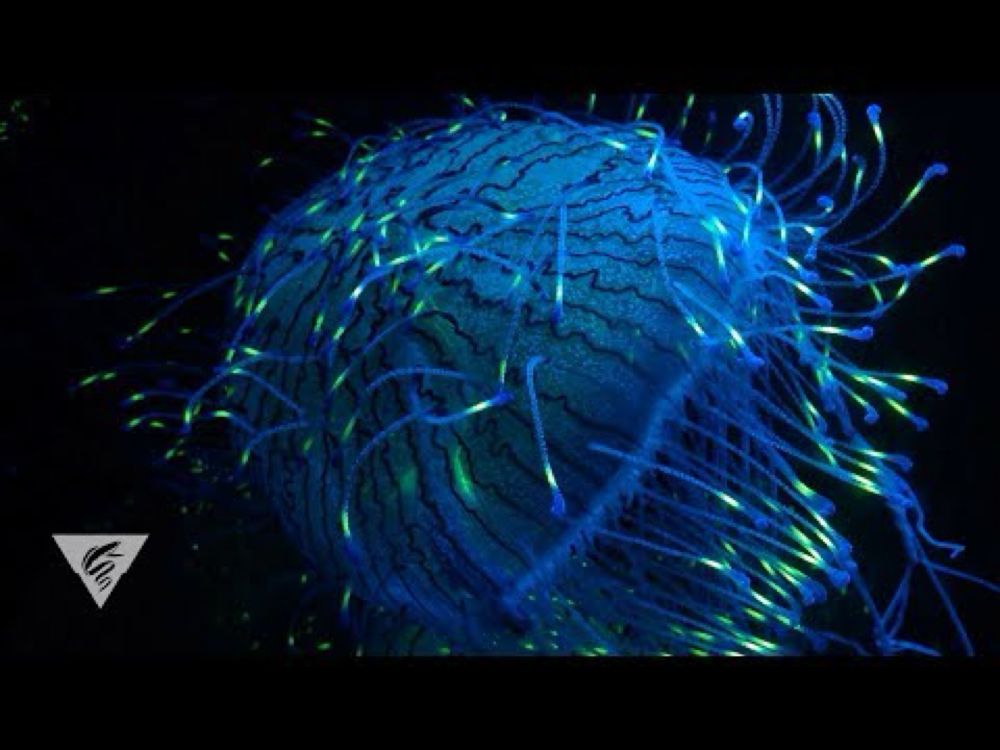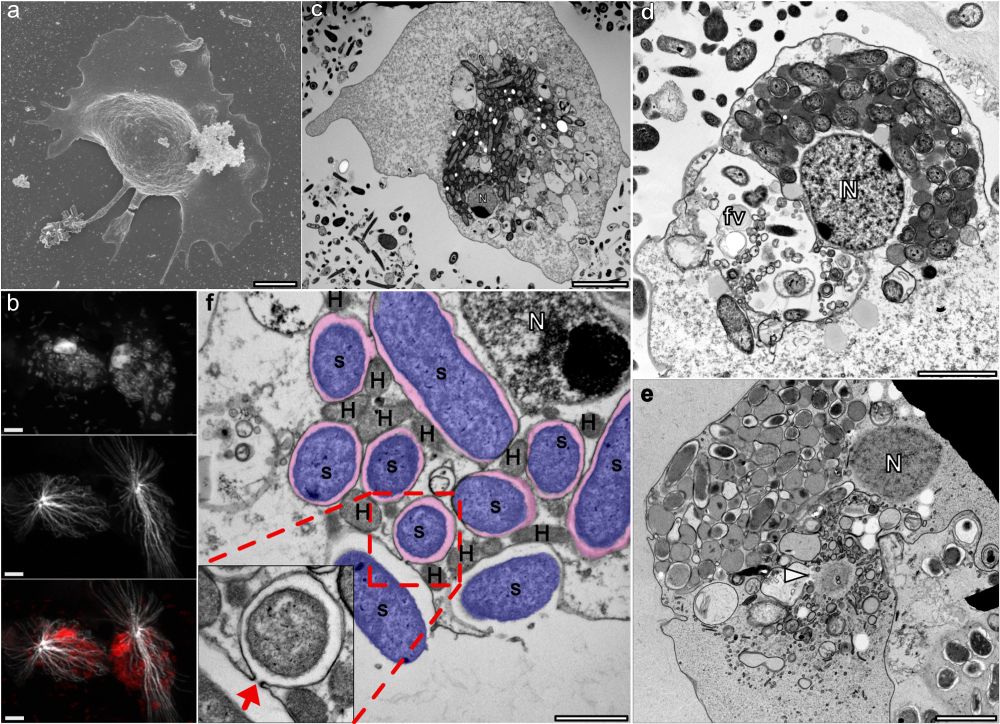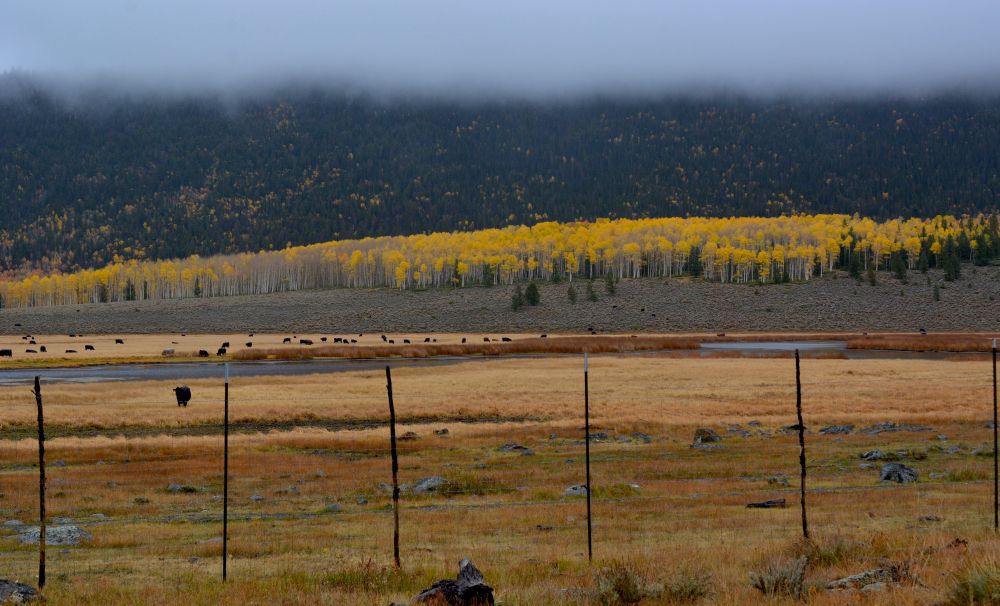Phillip Cleves
@pcleves.bsky.social
870 followers
890 following
4 posts
Symbiosis, cell and developmental biology, and corals.
Principal investigator at the Carnegie Institution - Department of Embryology & Johns Hopkins University
Posts
Media
Videos
Starter Packs
Reposted by Phillip Cleves
Reposted by Phillip Cleves
Reposted by Phillip Cleves
Reposted by Phillip Cleves
Reposted by Phillip Cleves
Phillip Cleves
@pcleves.bsky.social
· Jul 1
Reposted by Phillip Cleves
Phillip Cleves
@pcleves.bsky.social
· Apr 2
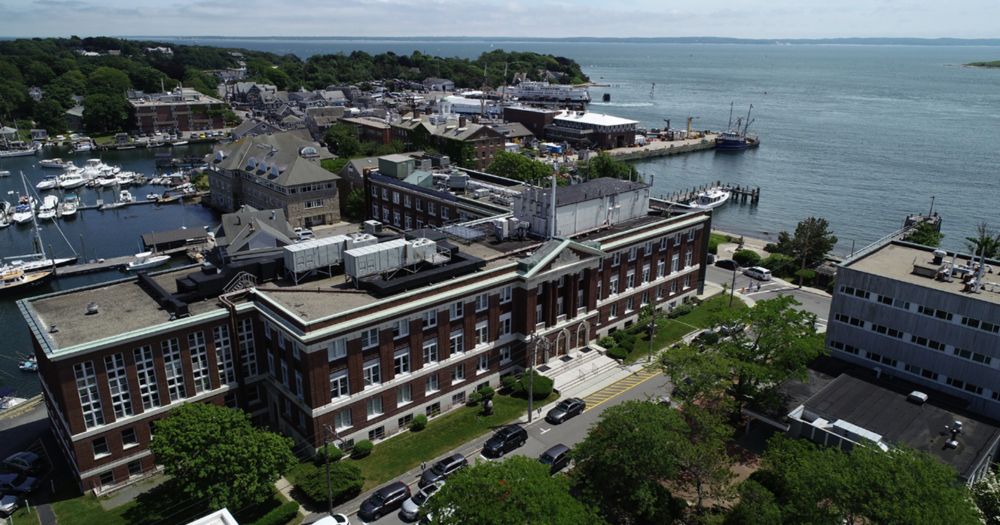
Molecular and Cell Biology of Symbiosis | Marine Biological Laboratory
This is an immersive research-based course designed to teach basic concepts, open research questions, and facilitate state-of-the-art experimental approaches in symbiosis research.
www.mbl.edu
Reposted by Phillip Cleves
Reposted by Phillip Cleves
Reposted by Phillip Cleves
Reposted by Phillip Cleves
Reposted by Phillip Cleves
Darrin Hunt
@benthicbuddy.bsky.social
· Dec 6
Phillip Cleves
@pcleves.bsky.social
· Dec 8
Reposted by Phillip Cleves
Reposted by Phillip Cleves
Reposted by Phillip Cleves
Daniel Ibrahim
@danielibrahim.bsky.social
· Nov 28
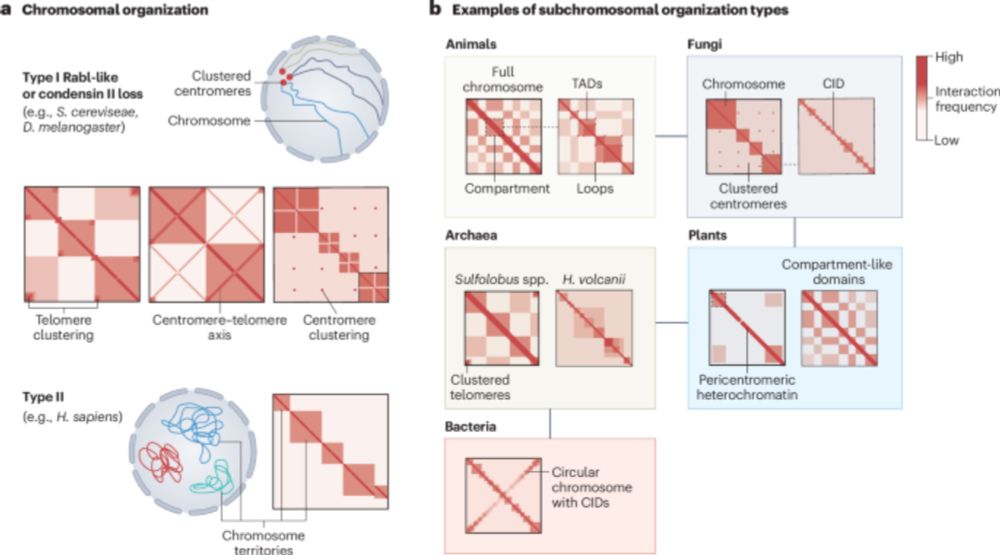
Evolution and function of chromatin domains across the tree of life - Nature Structural & Molecular Biology
Szalay et al. discuss cross-kingdom similarities and differences in 3D chromatin folding in relation to gene regulation, including in bacteria, archaea, mammals and plants. This comparison reveals cer...
www.nature.com
Reposted by Phillip Cleves
Fabien Burki
@fburki.bsky.social
· Nov 28

The Acrasis kona genome and developmental transcriptomes reveal deep origins of eukaryotic multicellular pathways - Nature Communications
Acrasis kona is a solitary amoeba which builds a multicellular fruiting body, despite being a distant relative of other multicellular eukaryotes. This study analysed A. kona’s genome and developmental...
nature.com
Reposted by Phillip Cleves
Reposted by Phillip Cleves
Reposted by Phillip Cleves
Phillip Cleves
@pcleves.bsky.social
· Nov 11
